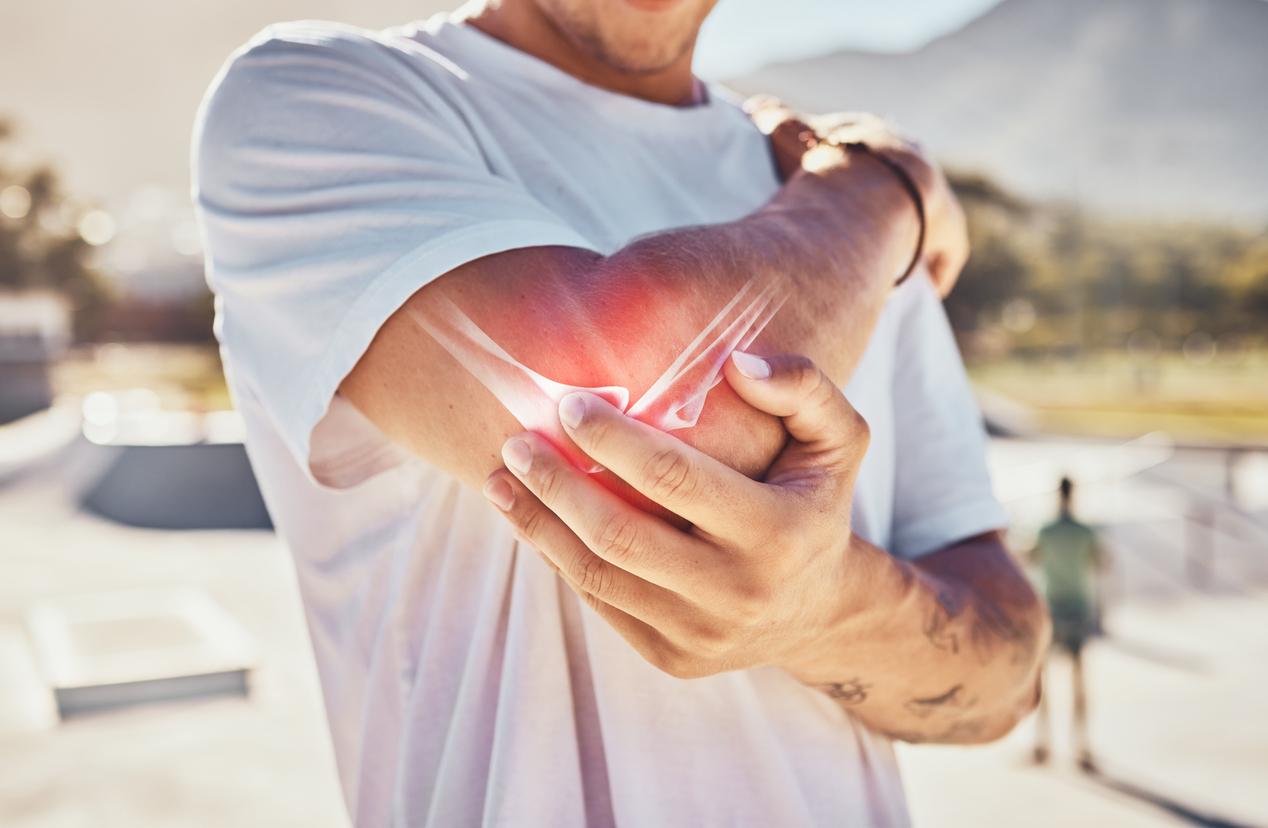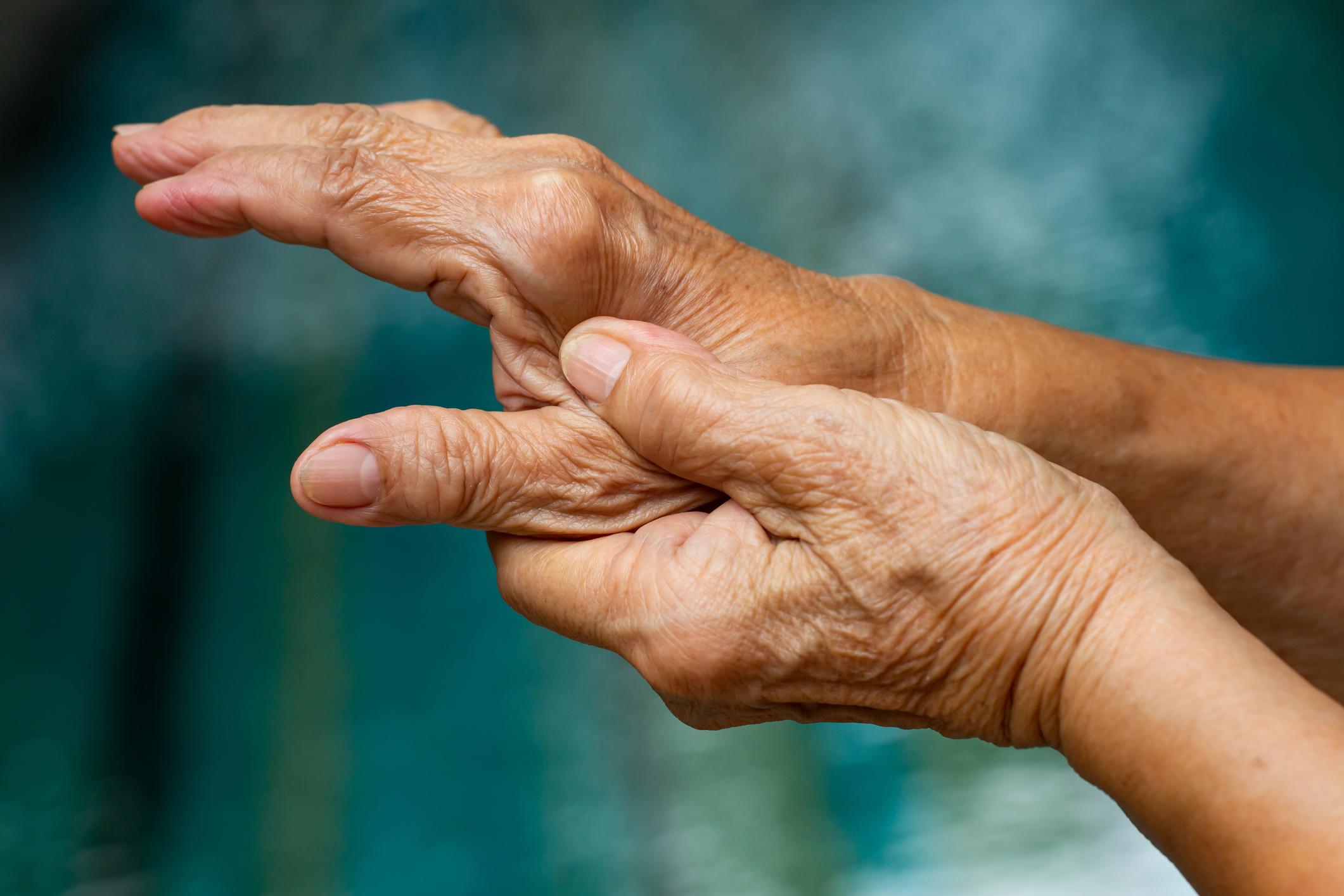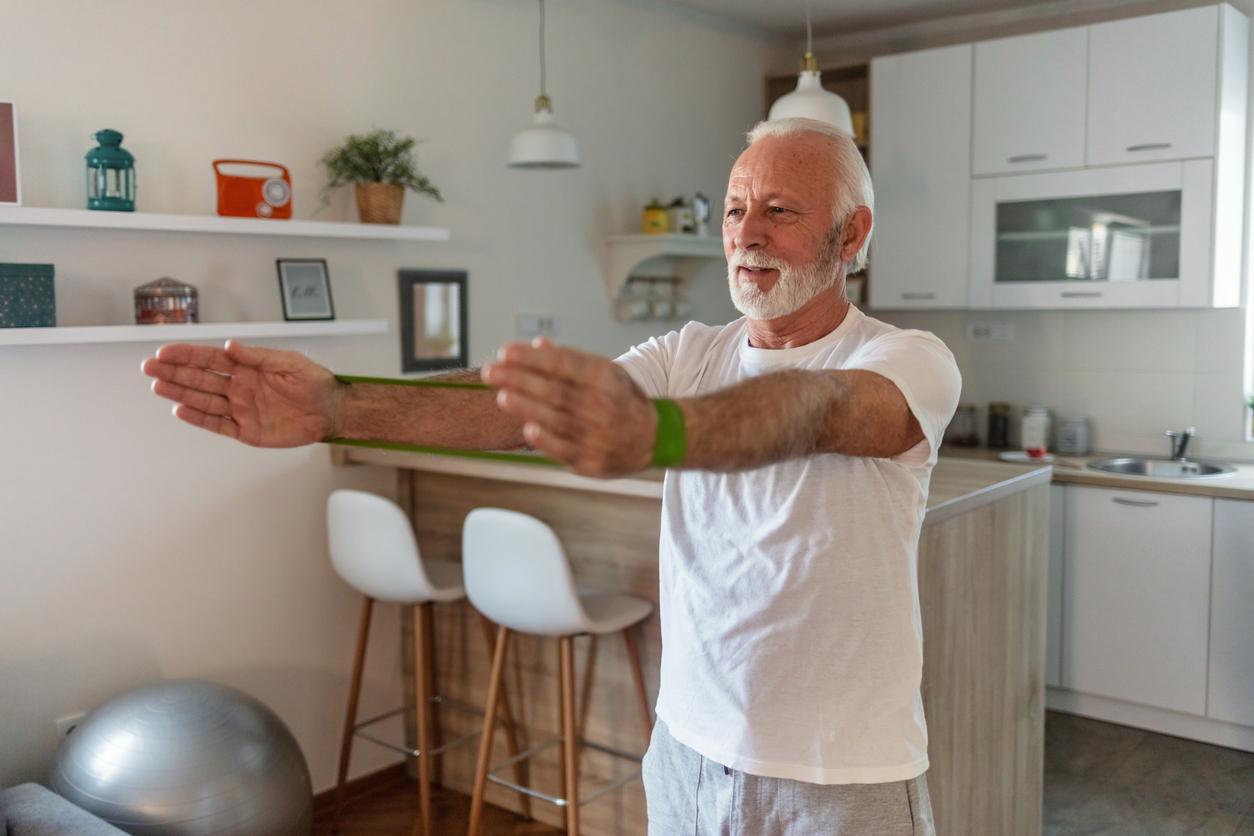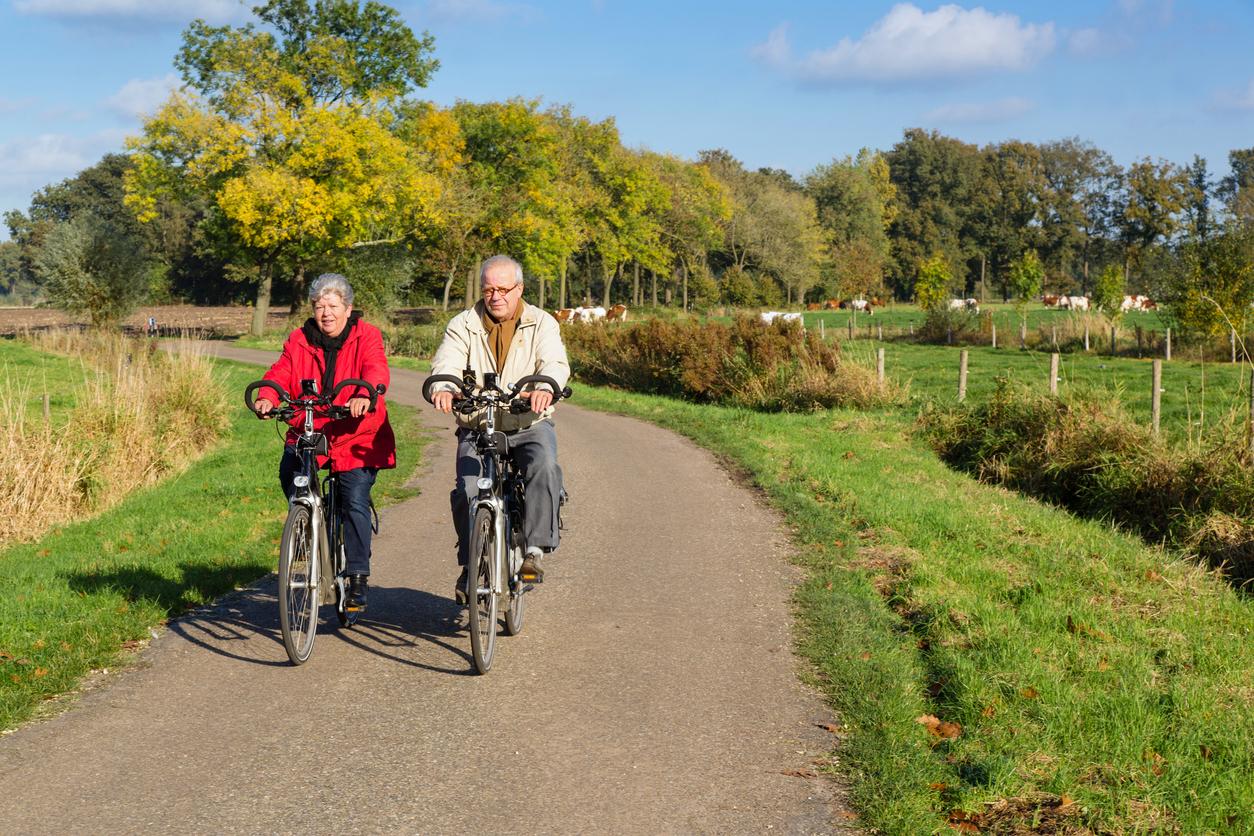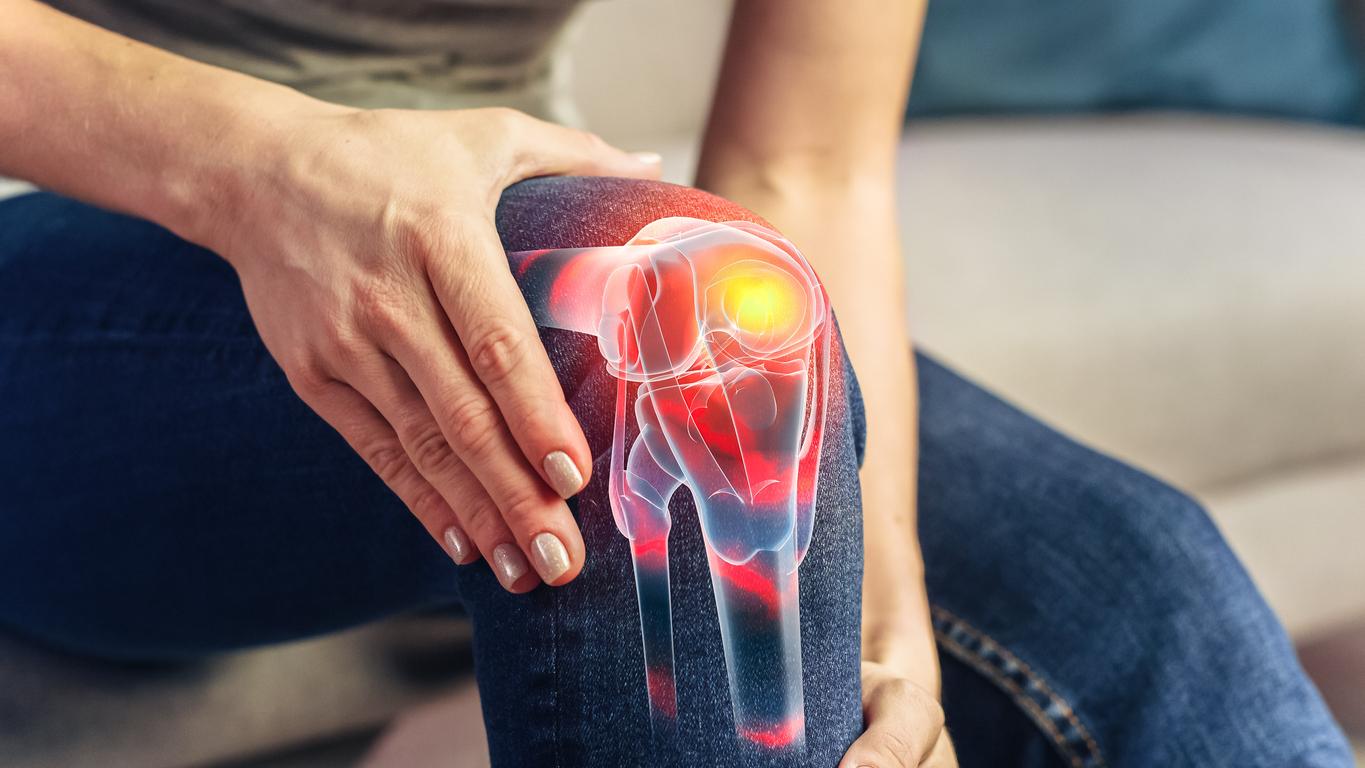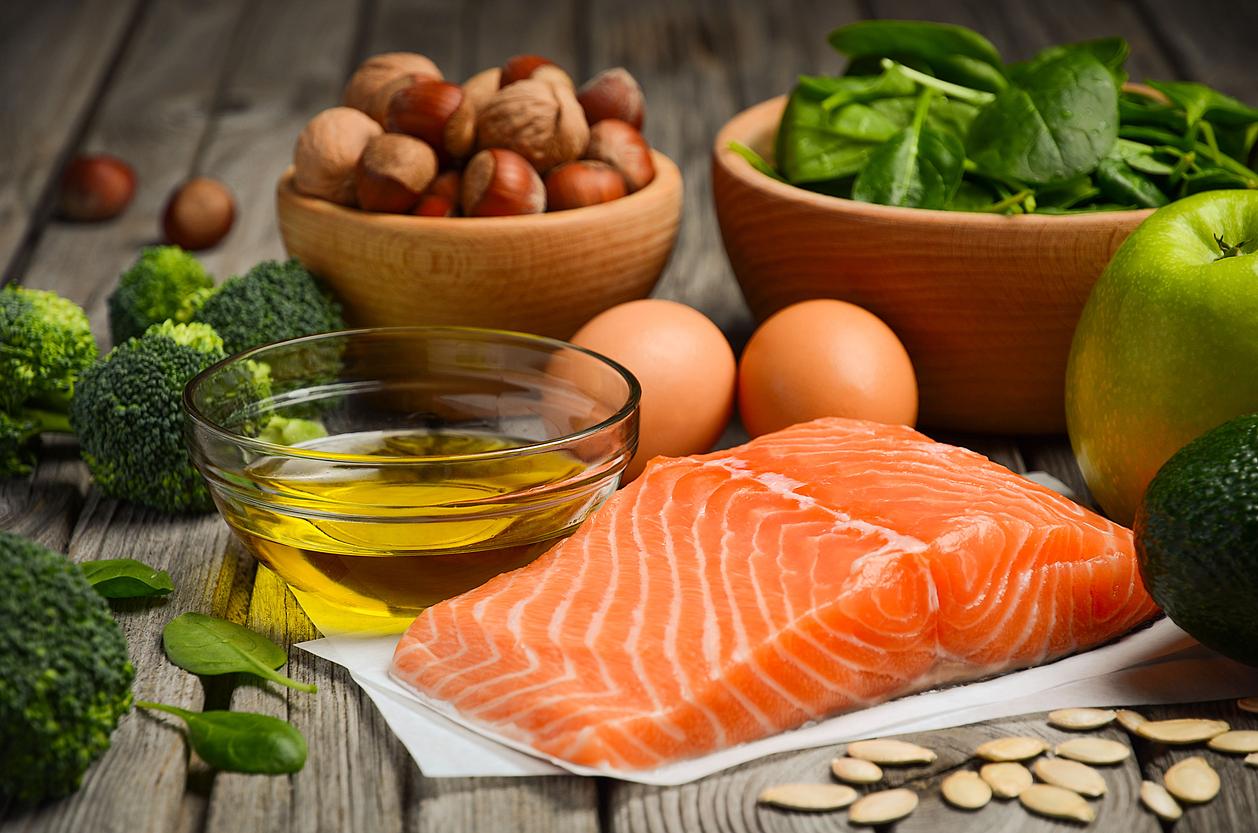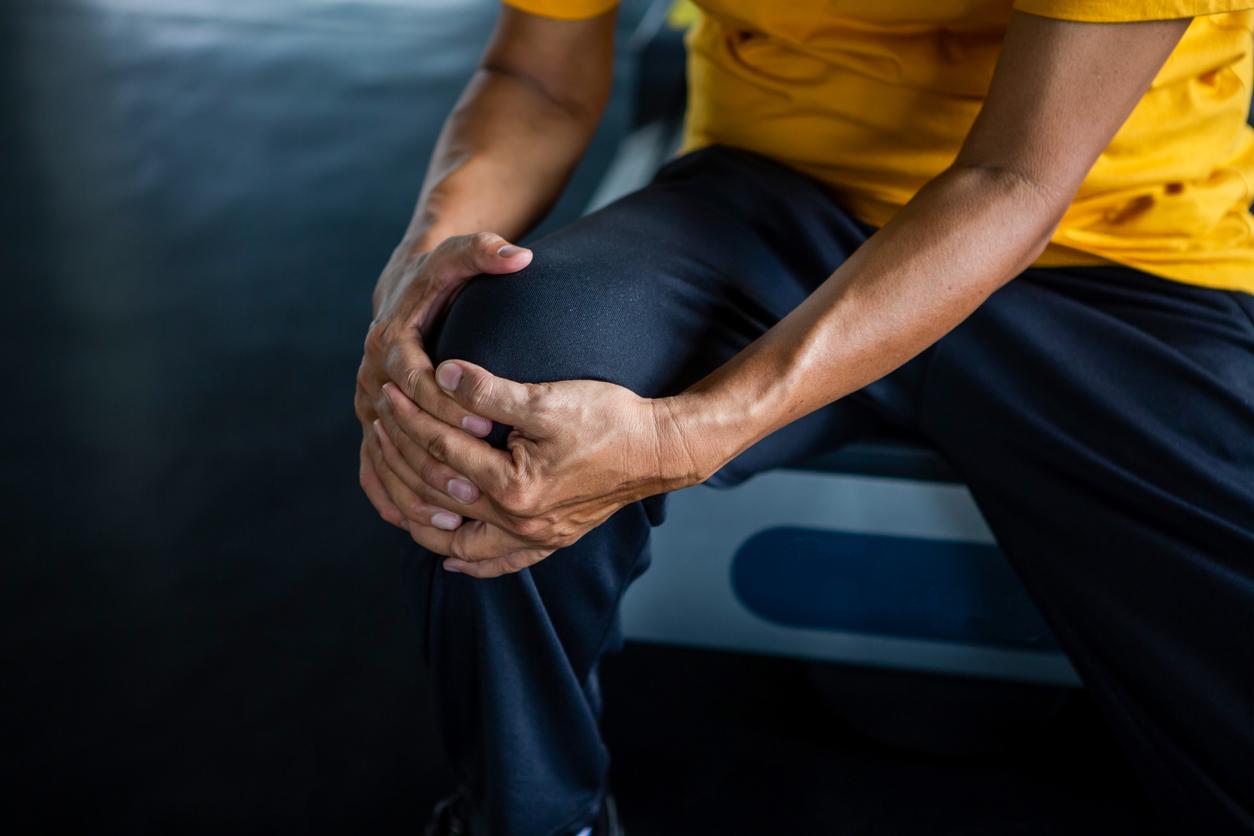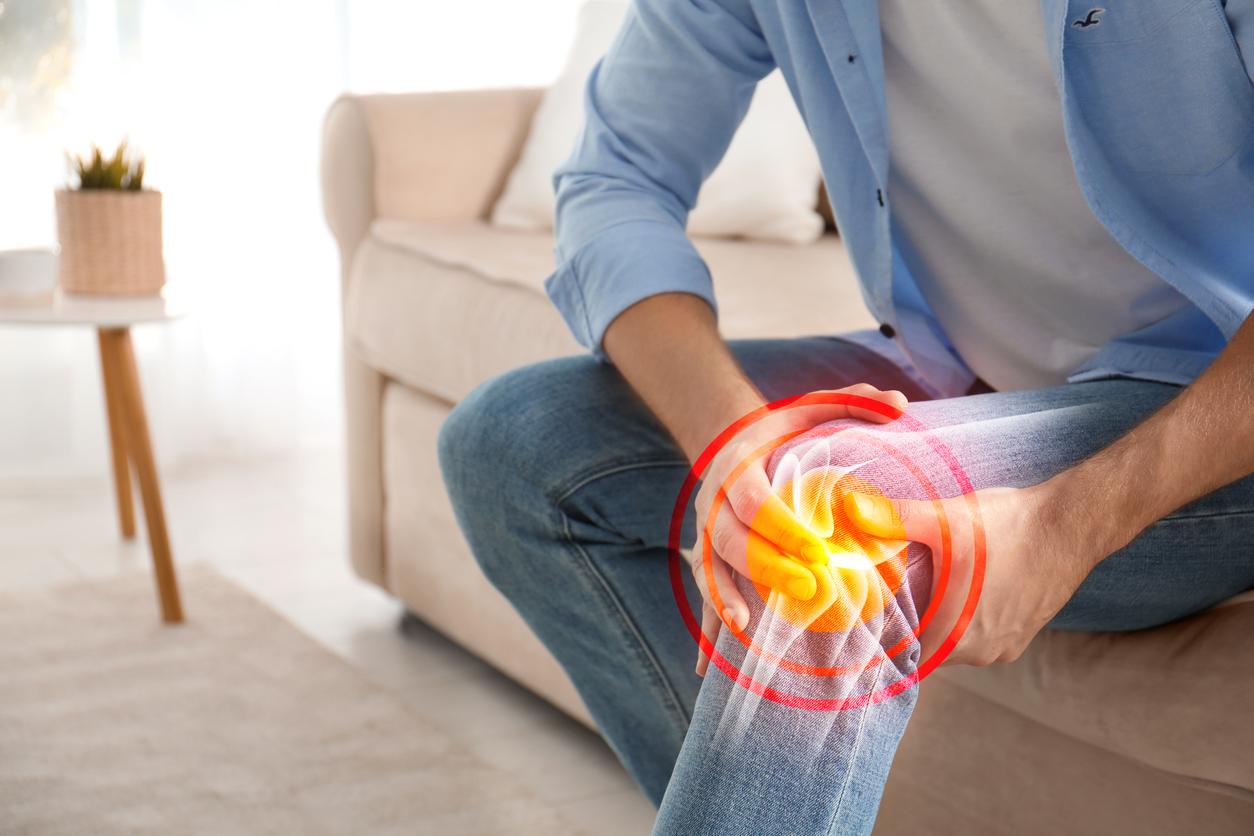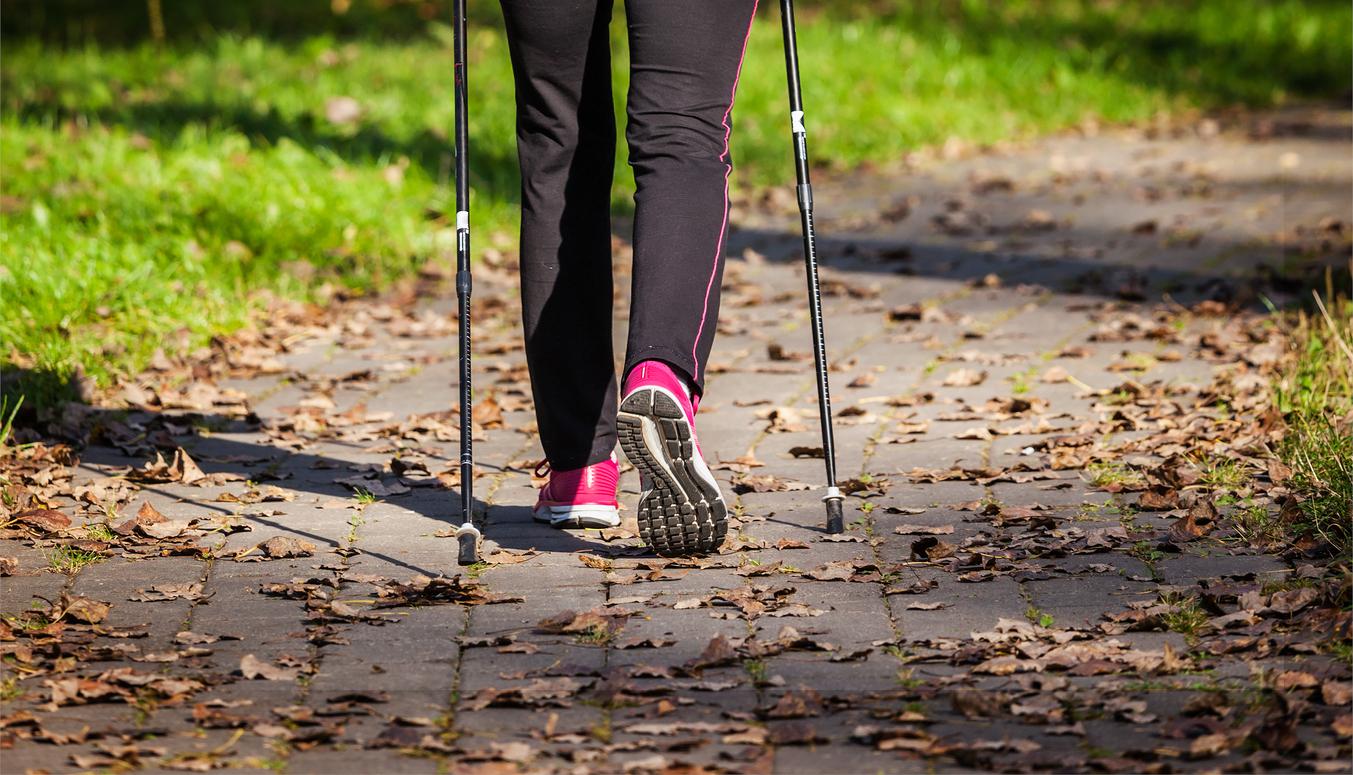July 24, 2008 – People with osteoarthritis of the knee may benefit from mud applications for pain relief. In Turkey, where heated mud applications are traditionally practiced at around 43 °C, researchers wanted to know if the observed therapeutic effects were attributable to the heat or to the mud itself.
They conducted a clinical trial1 in 60 patients with osteoarthritis of the knee. Thirty of the subjects received, over a three-week period, 15 applications of mud directly to both knees, lasting 30 minutes each time. The other half were entitled to the same applications, but the mud was wrapped in waterproof nylon. It was therefore not in direct contact with the skin; therefore, only heat was transmitted to the treated joint.
According to the results, the patients of the two groups reported, at the end of the 15 treatment sessions, a relief of their pain and a decrease in their consumption of analgesics.
On the other hand, during the 24 weeks following the treatment, the pain relief was greater and the consumption of analgesics was less in the subjects of the first group compared to the subjects of the second group. Overall, the magnitude of clinical improvement in OA symptoms was greater for subjects who had the mud applied directly to the skin.
The researchers conclude that the observed therapeutic effects are attributable in part to the heat of the mud, but also to the biochemical components it contains. The mud used in this test was of the “torf” type, that is to say a mud poor in clay and rich in decomposed vegetable matter.
Researchers believe that substances like sulfur glycolipids (fulvic, gallic, ulmic, vanilic, protocatechuic, etc.) in this type of mud could have beneficial effects on smooth muscle fiber.
In Quebec, sludge of this type is found in the large peat bogs located in the north of the province.
Pierre Lefrançois – PasseportSanté.net
According to Natural Standard Research Collaboration.
1. Odabasi E, Turan M et al. Does mud pack treatment have any chemical effect? A randomized controlled clinical study. J Altern Complement Med. 2008 Jun; 14 (5): 559-65.









